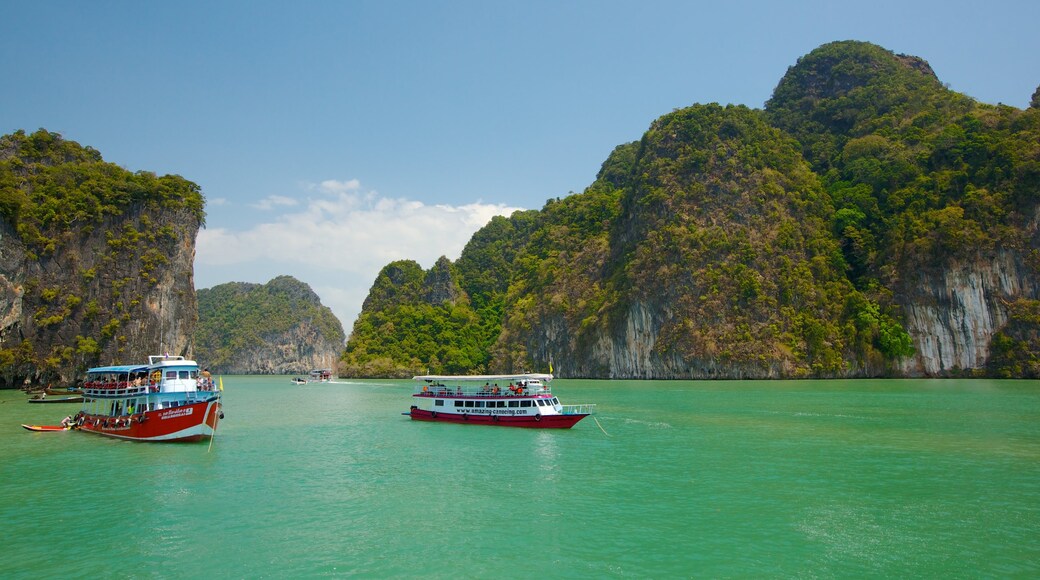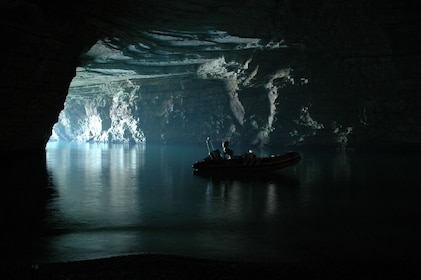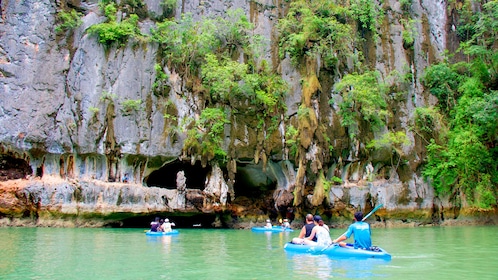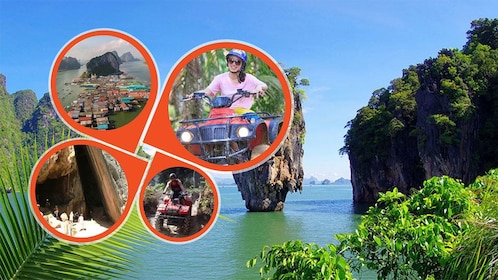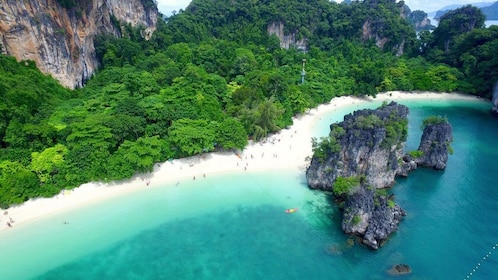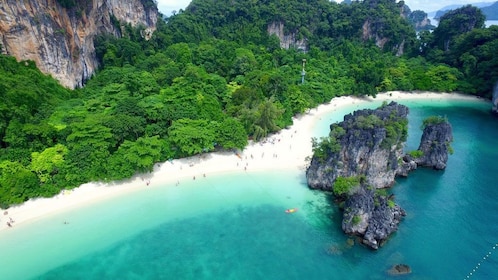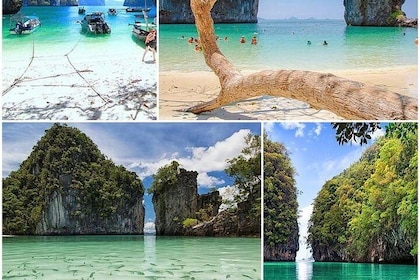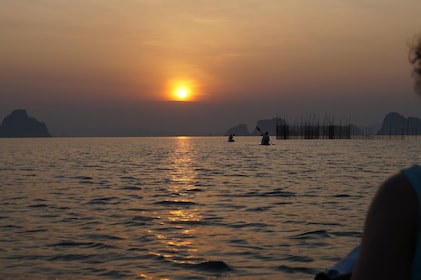Ao Phang Nga National Park covers 155 square miles (400 square kilometres). This includes a large area of the very north of the Malacca Strait, as well as some 40 islands and a section of the mainland just to the north of Phuket Island. The towering limestone landscapes were shaped by mainland fault movements, rain and wind over millions of years.
Most recognizable is James Bond Island and the nearby and much-photographed Ko Tapu, meaning “nail.” This spike-shaped limestone formation looks as though it was speared into the shallow bay.
Dotted throughout the national park are limestone caves and small sandy beaches. The densely forested islands and calm water are home to an abundance of wildlife, especially reptiles. Local fishermen still use four main waterways that run through the park in a north-south direction and are lined with mangroves, the largest mangrove forest left in the country.
Jump aboard any one of the many tour boats that head out daily to explore the waters. Check out the options and choose whether you want to spend time exploring the waterways, swim off deserted beaches, visit limestone caves or all three. If you are feeling energetic, tour the islands by canoe. This is a great way to explore less-visited areas and get away from the crowds. True romantics can arrange a private tour for two for a champagne lunch on a deserted beach.
Many tours include a stop at Ko Panyi, a small Muslim fishing village built on stilts off one of the islands. Taste fresh seafood and pick up handcrafted souvenirs from friendly locals.
Ao Phang Nga National Park is a true natural wonderland, and a chance to make deserted island dreams a reality, if only for a day. Most tour companies provide transfers from hotels in the popular spots around Phuket to the boats.




